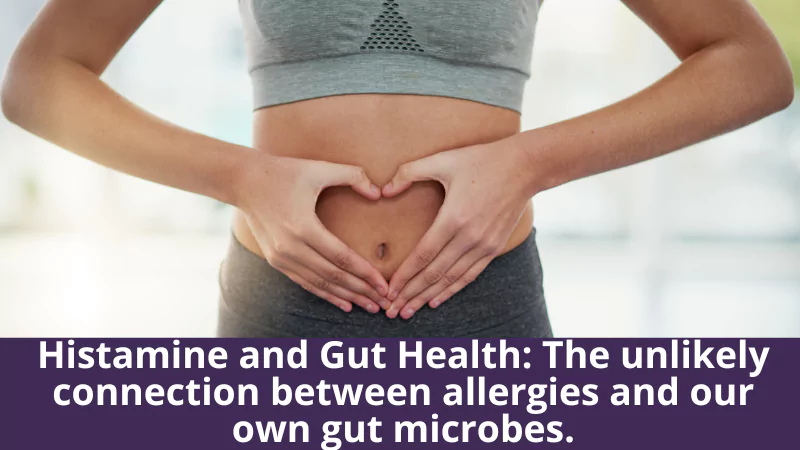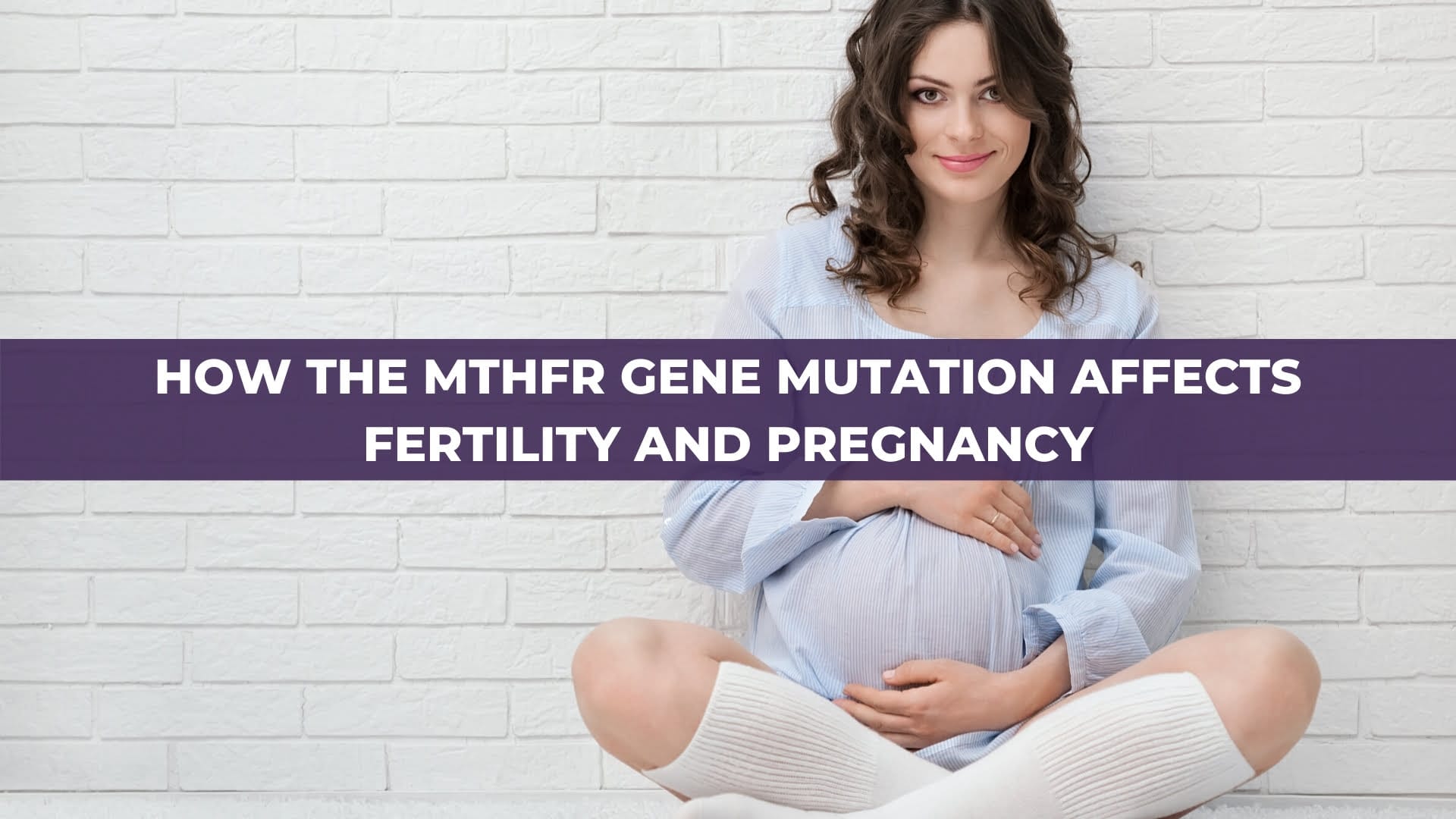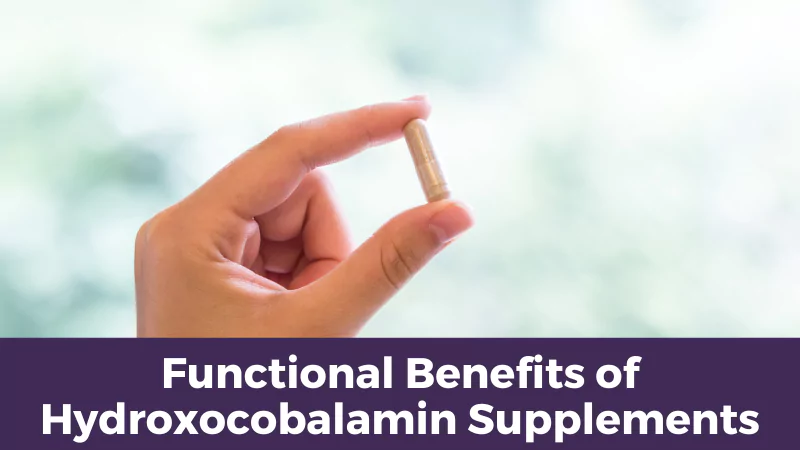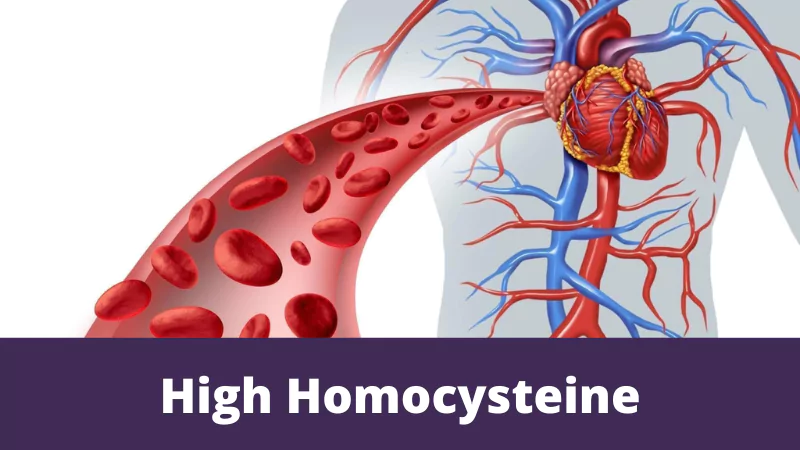Histamine and Gut Health: The unlikely connection between allergies and our own gut microbes.
If you think the role of histamine is only in allergy and allergic reactions, you’re quite mistaken. Don’t worry, it’s totally normal not to know these things since many of us are not aware of histamine’s other equally important functions, some of which include being a neurotransmitter and regulator of gastrointestinal processes.
In this article, we’ll focus on the functions of histamine at the gastrointestinal level. We’ll also explore the most frequently observed connections between elevated histamine levels and acute or chronic gastrointestinal symptoms.
- Histamine and your diet
Histamine is a naturally occurring compound found in highest concentrations in the skin, mouth, sinuses, lungs, and digestive tract. It can also come from outside sources, mostly in food such as:
- Fermented foods – sauerkraut, natto, miso, soy sauce, pickles, and other relishes
- Cured meats – pepperoni, salami, chorizo
- Cultured dairy products – cheese (esp. cheddar, gouda, parmesan, Swiss), yogurt, sour cream, kefir, buttermilk
- Smoked foods
- Beverages – coffee, beer, red wine, white wine, and champagne
- Plant foods – eggplant, spinach, tomatoes and tomato-based products, legumes (peanuts, chickpeas), wheat
Increased availability of histamine may result to the development of histamine intolerance.
Plasma histamine concentrations of 0.3-1.0 ng/ml are considered normal (however from a functional medicine range we are looking more at .3-.6 ng/ml being the norm), and anything higher gives rise to histamine-mediated symptoms. Even healthy individuals with no gastrointestinal problems can develop symptoms (i.e. severe headaches, allergy-like symptoms, hives, rashes, redness, sneezing) due to ingestion of excessive amounts of histamine.
Some foods are not high in histamine but may also trigger symptoms by causing histamine levels to rise. These foods are known as “histamine liberators” and they include food substances such as additives, crustaceans, citrus fruits, and egg whites.
Unlike true food allergies or sensitivities, the symptoms of histamine intolerance do not develop immediately. The response to the intolerance is concentration-dependent and cumulative, meaning it is triggered only when the “threshold” is reached. This is what makes histamine intolerance a bit challenging to recognize.
It can also be difficult to pinpoint which particular food triggers the symptoms, especially since the amount of histamine in food varies and is dependent on the food’s ripeness, processing, and duration of storage.
Going on a low histamine diet is the most logical solution if we’re to reduce histamine levels in our gut. Sticking to a low histamine diet for a considerable period of time (or forever if need be) has been proven to relieve symptoms in most cases. Identifying specific trigger foods by starting an accurate food diary instead of indefinitely going on a strict low histamine diet is also an option.
- Histamine and gut bacteria
The histamine content of foods increases over time as a result of microbial fermentation. This process is facilitated by some species of bacteria found in the gut (a.k.a. histamine-producing bacteria) such as:
- Lactobacillus species: Lactobacillus bulgaricus, Lactobacillus casei, Lactobacillus delbrueckii, Lactobacillus lactis, and Lactobacillus reuteri.
- Enterococcus species: Enterococcus faecalis, and some types of E. coli.
- Klebsiella
- Enterobacter and citrobacter
To maintain balance, there are also certain types of bacteria that degrade histamine. These histamine-degrading bacteria are:
- Bifidobacteria species: particularly Bifidobacterium infantis.
- Lactobacillus species: Lactobacillus gasseri, Lactobacillus Plantarum, Lactobacillus rhamnosus, and Lactobacillus salivarius.
If the histamine-producing bacteria proliferates and outnumbers the histamine-degrading bacteria, histamine buildup occurs. This overwhelms the ability of the histamine-degrading bacteria to breakdown the excess histamine which causes the symptoms of histamine intolerance to appear.
This gut flora imbalance is otherwise known as gut dysbiosis or SIBO, which stands for Small Intestine Bacterial Overgrowth. SIBO is one of the main reasons why histamine intolerance has become prevalent over the past 20 years.
- Histamine and DAO
Two main mechanisms have been proposed as to what causes histamine intolerance.
First is due to the increased availability of histamine, while the other is brought about by impaired histamine degradation. Impaired histamine degradation is caused by the overgrowth of histamine-producing bacteria, and also by the impairment of the enzymatic function of DAO.
DAO, which stands for diamine oxidase, is the main enzyme that breaks down histamine in the digestive tract and helps maintain histamine balance in the body. In healthy individuals, histamine from diet can be rapidly detoxified by the DAO enzyme.
One study suggests the impairment of DAO is linked to histamine intolerance. This impairment may be genetic or acquired.
Genetic DAO impairment occurs as a result of mutations in the gene that transcribes the DAO enzyme. Individuals with a DAO gene mutation may present with high levels of histamine because the defect causes an inadequate production of DAO. This mutation is common among people of Asian descent.
Acquired DAO impairment, on the other hand, is brought about by gastrointestinal diseases like Crohn’s, colitis, inflammatory bowel disease (IBS), leaky gut, and SIBO. It can also be due to alcohol or medications.
Medications that can affect DAO function are antihistamine and histamine blockers, antibiotics, antidepressants, some diuretics, immunosuppressants, and NSAIDs – most especially aspirin and ibuprofen. Antihistamine and histamine blockers specifically, although they help with histamine intolerance, can actually deplete DAO levels.
Acquired DAO impairment is often transient and reversible after eliminating the cause (i.e. treatment of the GI disease, quitting alcohol, discontinuing the medication).
- Histamine and gastric secretion
Histamine is found in large amounts in the stomach lining where it also plays a role in gastric acid secretion.
Gastric acids facilitate digestion of proteins and the absorption of vitamins and minerals. They also inhibit bacterial growth, which helps prevent enteric infections and SIBO. A peptide hormone called gastrin elicits the release of histamine which stimulates the cells to secrete gastric acids. This is the basis of using histamine blockers in the management of gastrointestinal ulcers, gastrinoma, and gastritis.
- Histamine and GI problems
Presence of gastric problems is among the main factors that contribute to accumulation of histamine. The Majority of patients with histamine intolerance actually have gut problems that affects:
- The inability to produce the enzyme (DAO) that breaks down histamine.
- The overgrowth of bacteria that produces histamine from dietary sources.
- The direct increase in the production of histamine.
Certain gastrointestinal diseases, like gastrinoma and gastritis, result in increased levels of histamine due to increased levels of gastrin.
Gastrinoma is a non-cancerous tumor that causes excess gastrin production. It often grows in the duodenum of the small intestine or in the pancreas. Gastritis, or the inflammation of the stomach lining, leads to low production of acids in the stomach. In an attempt to compensate for the low acidity, the body increases its production of gastrin.
Treating these GI problems and maintaining gut health are therefore the top priorities when it comes to reducing histamine intolerance.
References:
Kresser, C. (2013). Headaches, Hives, and Heartburn: Could Histamine Be The Cause? Retrieved August 10, 2016 from https://chriskresser.com/headaches-hives-and-heartburn-could-histamine-be-the-cause/
Hirschowitz, B. I. (1985). Histamine and the Gut. Allergy & Asthma Proceedings, 6(1), 21-27.
Maintz, L., & Novak, N. (2007). Histamine and histamine intolerance 1’2’3. The American Journal of Clinical Nutrition, 85(5), 1185-1196.
McEvoy, M. (2014). Histamine: Allergies, Brain, and Gut Health. Retrieved August 10, 2016 from https://metabolichealing.com/histamine-allergies-brain-gut-health/
Myers, A. (2013). Everything You Need To Know About Histamine Intolerance. Retrieved August 10, 2016 from http://www.mindbodygreen.com/0-11175/everything-you-need-to-know-about-histamine-intolerance.html
Myers, A. (2013). 9 Signs You Have A Leaky Gut. Retrieved August 10, 2016 from http://www.mindbodygreen.com/0-10908/9-signs-you-have-a-leaky-gut.html
Sochan, J. (2016). Histamine intolerance: causes and treatment. Retrieved August 10, 2016, from http://naturimedica.com/histamine-intolerance-causes-treatment/







